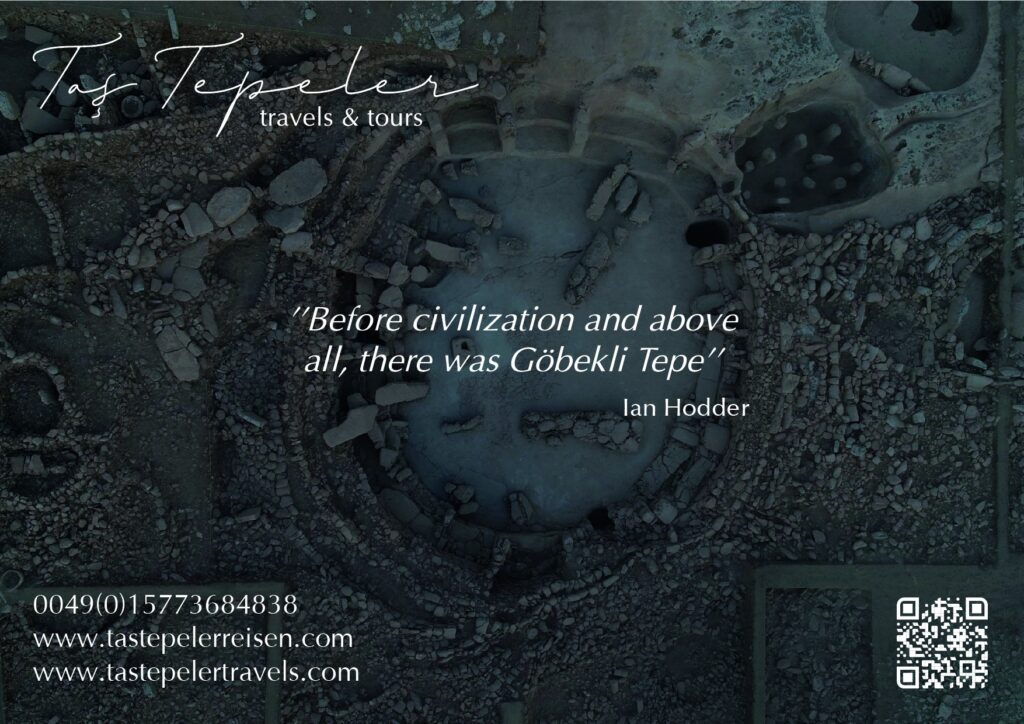PRE-POTTERY NEOLITHIC HARBETSUVAN TEPE CHIPPED STONE TOOL INDUSTRY
Recent studies in Southeastern Anatolia shed light on the Pre-Pottery Neolithic Period. Especially with
the surveys and excavations carried out in Şanlıurfa, it has been revealed that the centers belonging to the Pre-Pottery Neolithic Period are concentrated in this region. Göbekli Tepe, Karahan Tepe, Yeni Mahalle, Nevali Çori, Ayanlar Höyük, Harbetsuvan Tepesi, Sefer Tepe, Kurt Tepesi, Sayburç, Hamzan Tepe and Taşlı Tepe are some of them. The Harbetsuvan Tepesi settlement, discovered in 2014, islocated within the provincial borders of Şanlıurfa, 53 km east of Şanlıurfa, among the calcareous plateaus known as Tek Tek Dağları. On the Harbetsuvan Tepesi, which is dated to the Pre-Pottery Neolithic Period; T-shaped obelisks and architectural remains were unearthed. In addition, a large number of flint tools, grinding stones, stone vessels, pestles, animal bones and various ornaments were found. In our study; Flintstones found during the salvage excavations carried out in 2017,2018 and 2019 were examined. All flints were examined technologically and typologically. Flintstone assemblage is represented by 32037 (94.74%) pieces among the small finds found on HarbetsuvanTepesi. These; production residue consists of blades, flakes, flint tools, flint tool fragments, core andcore renewal fragments and burnt flint. flint tools; Byblos and Nemrik type arrowheads are classified as silica sickle-blades, round and front scrapers in various forms, stone pens, spearheads, hammers, drills, retouched blades and three-sided pickaxes. When the tools made of flint stone are examined technologically and typologically; Although Byblos tips, Nemrik tips, El-Khiam point and naviformcores are found, the absence of Palmyra, Amuk, Ugarit tips and Çayönü tools allows us to date the Harbetsuvan Tepesi flint finds between the Early PPNB and Middle PPNB phases.
File Type:
pdf
Categories:
Harbetsuvan Hill



